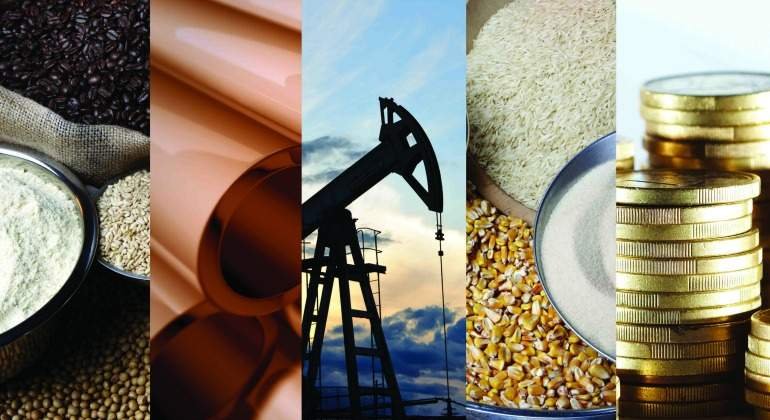/i.s3.glbimg.com/v1/AUTH_37554604729d4b2f9f3eb9ad8a691345/internal_photos/bs/2022/S/Q/A7vuG2SvqIUhJqIs8fCw/soy-exports-in-paranagua-fabio-scremin-appa.png)
Brazilian agribusiness exports reached $10.51 billion last month, 65.8% more than a year earlier and a new record for February, according to data from the Secretariat of Foreign Trade (Secex) compiled by the Ministry of Agriculture. So far, the best February ever had been 2019.
Both the average prices of exported products and volumes increased and helped the result — rising 24% and 33.7%, respectively. As a result, the share of agriculture in Brazil’s total exports grew again and reached 45.9%. In February 2021, the share was 38.7%.
The sector’s trade balance saw a surplus of $9.2 billion, as imports dropped 2.1% in February, to $1.25 billion, despite the increase in average prices of several imported products, such as wheat, malt, salmon and palm oil.
Imports compiled by the ministry do not consider inputs used in the sector, but it released a balance of purchases of these products in February – fertilizer imports increased 124.1%, to $1.63 billion. The average price grew 128.7% in the period.
“It is important to point out that, in February, the survey of international fertilizer prices carried out by the World Bank indicated an average price increase of almost 100% in the last 12 months. To clarify this point, the volume of fertilizers imported by Brazil was about 2% lower compared to February of the last two years (2021 and 2020): from 3 million tonnes in February 2021 to 2.94 million tonnes in February 2022,” the ministry said. The main fertilizer suppliers to Brazil were Russia, Canada, China, Oman and Qatar.
The positive performance of agribusiness exports in February was driven by shipments of soy beans, fresh beef, green coffee, soy meal, fresh chicken and wheat, the latter a product that typically makes up the country’s import basket.
The volume of soybeans exported was a record in February, with 6.27 million tonnes, up 137% compared to the same period last year, when 2.6 million tonnes were shipped.
The value of these shipments saw an even more expressive increase, 203%, to $3.1 billion from $1 billion. The average price per tonne increased 28%, to $501 from $392.
China is the largest importer of soybeans from Brazil. In February, the Asian country increased the amount purchased by 130%, reaching 4.3 million tonnes, about 69% of all Brazilian soybeans sold to the world. The amount paid for the product increased 186.6% year over year and stood at $2.17 billion.
With the normalization of sales to China, exports of fresh beef grew by 75.1%, reaching $965 million. The volume exported increased by 42%, and the average export price grew by 23.3%.
China doubled the value of purchases compared to February 2021, to $546.49 million and 87,100 tonnes from $261.79 million and 56,410 tonnes.
Foreign sales of chicken meat rose 26%, to $643.11 million. The increase in the average export price was 18.8%, and 6% in the volume exported.
Brazilian exports of green coffee increased 83.5% in price. Brazil exported 208,500 tonnes, up 9.1% from 2021.
The ministry also highlighted wheat in the list of the main products exported. “The grain exports exceeded imports: $246.3 exported (836,600 tonnes), compared to $141.58 million imported (498,800 tonnes).”
According to a report by the Center of Advanced Studies on Applied Economics (Cepea) of the Luiz de Queiroz College of Agriculture (Esalq/USP), the favorable conditions of international prices and the greater external acceptance of wheat with lower pH, a characteristic of the local product, have driven the increase seen in Brazilian exports.
Source: Valor International



/i.s3.glbimg.com/v1/AUTH_37554604729d4b2f9f3eb9ad8a691345/internal_photos/bs/2022/w/k/GvJCrBTbSHqWPWxs2dCQ/231121liavalls025.jpg)
